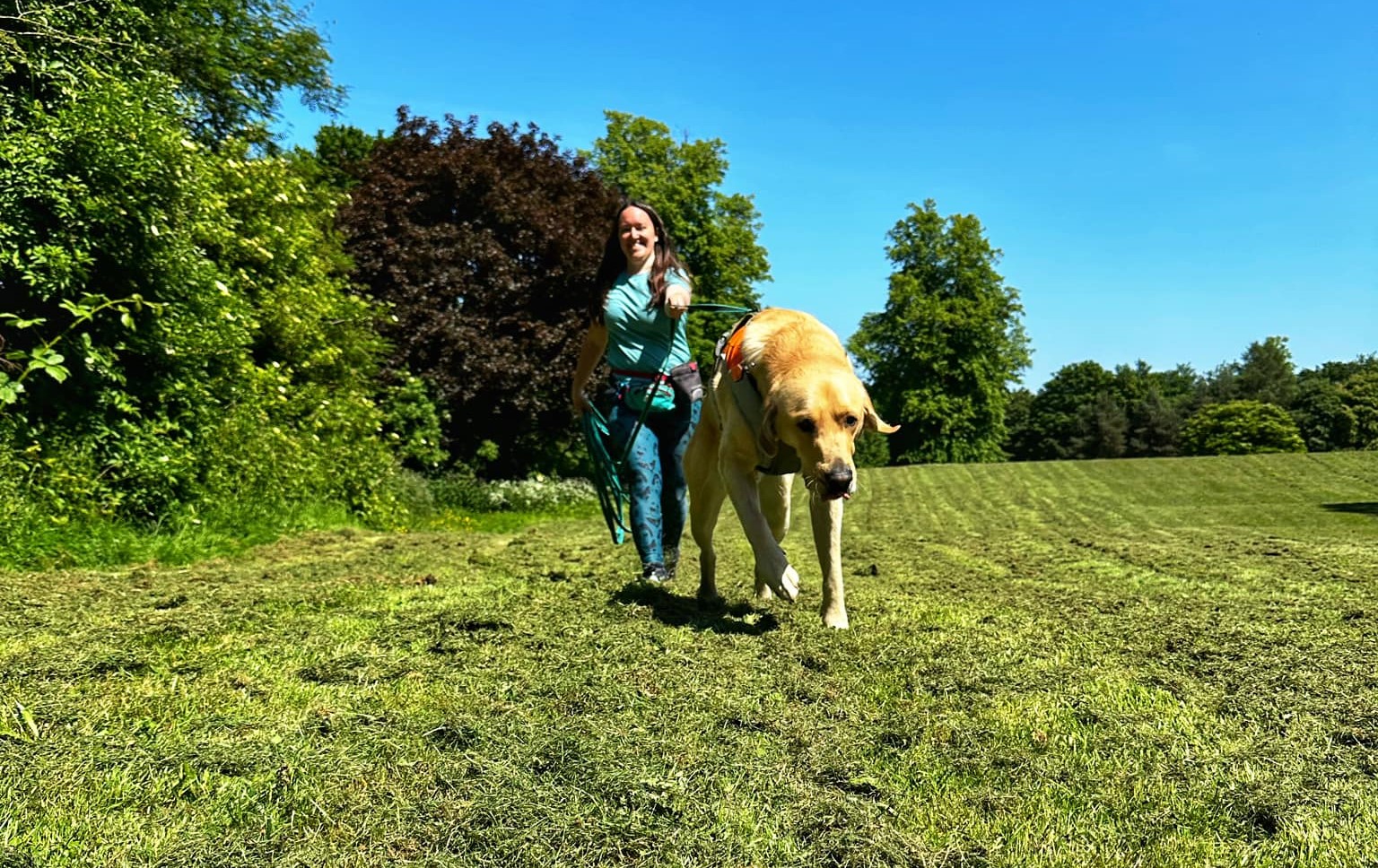
Essential Dog Behavior Tools
Add a review FollowOverview
-
Founded Date August 30, 2007
-
Sectors Construction / Facilities
-
Posted Jobs 0
-
Viewed 55
Company Description
Turn Your Disobedient Dog Into a Star With These Tips
Turn Your Disobedient Dog Into a Star With These Tips
You can transform your disobedient dog into a well-mannered companion by understanding their behavioral triggers and using positive reinforcement. Start with short training sessions in distraction-free environments, using consistent commands and immediate rewards for good behavior. how to train an active dog. Build trust through daily bonding activities and avoid punishment for mistakes. Remember to document patterns and adjust your approach based on your dog’s responses. These proven techniques will help reveal your pet’s true potential
Key Takeaways
 dog agility training
dog agility training- Start with short training sessions (5-10 minutes) and use clicker training to mark desired behaviors consistently and effectively.
- Keep detailed logs of unwanted behaviors to identify patterns and triggers, allowing for targeted training interventions.
- Use immediate rewards and diverse reinforcement methods, including praise, affection, and toys, to maintain motivation and engagement.
 interactive gear for dog training
interactive gear for dog training- Practice training in distraction-free environments first, then gradually increase difficulty as your dog masters basic commands.
- Build trust through daily bonding activities and avoid punishment, focusing instead on redirecting unwanted behaviors positively.
Understanding Your Dog’s Behavioral Triggers
Before you can effectively train a disobedient dog, you’ll need to identify what triggers their unwanted behaviors – behavior correction techniques. Watch closely for behavioral cues that precede problematic actions, such as excessive barking, jumping, or aggression. Note whether your dog reacts to specific stimuli like strangers, other animals, or loud noises
Pay attention to environmental factors that might influence your dog’s conduct. These can include changes in routine, unfamiliar locations, or even the time of day. House training. Keep a log of when and where unwanted behaviors occur, documenting any patterns you notice. Consider whether your dog’s disobedience stems from anxiety, fear, boredom, or attention-seeking behavior. This detailed understanding of your dog’s triggers will help you develop targeted training strategies and create a more effective behavior modification plan
 helpful tools for dog behavior
helpful tools for dog behaviorEssential Training Techniques for Better Obedience
After identifying your dog’s behavioral triggers, you’ll need effective techniques to reshape their actions. Start with clicker training, a proven method that marks desired behaviors with a distinct sound, followed by immediate rewards. This creates a clear connection between good behavior. Pure Dog Training products and positive reinforcement
Command consistency is essential for success. Use the same words and hand signals every time you give instructions, and make certain all family members follow suit (helpful tools for dog behavior). Don’t confuse your dog by using different commands for the same behavior – best dog training tools. Practice in short, focused sessions of 5-10 minutes, gradually increasing distractions as your dog improves
Always reward good behavior promptly, and never punish mistakes. Instead, redirect unwanted actions and guide your dog toward the correct response. This builds trust while reinforcing positive behavioral patterns.
Building a Strong Bond Through Positive Reinforcement
 Pure Dog Training tools
Pure Dog Training toolsWhile treats and rewards are essential training tools, developing a genuine emotional connection (dog agility training) – Aversives with your dog creates lasting behavioral change. Through consistent reward systems and trust exercises, you’ll establish a foundation of mutual respect that makes training more effective and enjoyable for both you and your pet
- Engage in daily bonding activities like gentle grooming, massage, or quiet time together to strengthen your emotional connection
- Practice trust exercises such as hand-feeding meals or teaching your dog to follow your lead during walks
- Implement a varied reward system that includes verbal praise, physical affection, and favorite toys – not just treats
Remember that positive reinforcement isn’t just about offering rewards; it’s about creating positive associations with your presence and commands. When your dog trusts you as their leader, they’re more likely to respond to training cues.
Frequently Asked Questions
How Long Should Each Training Session Last for Optimal Results?
Keep your training sessions short at 10-15 minutes, but maintain high frequency with 2-3 sessions daily – positive reinforcement gear. Pure Dog Training online store. You’ll prevent mental fatigue and maximize your dog’s ability to learn effectively
At What Age Should Advanced Obedience Training Begin?
You’ll know your furry friend is ready for advanced training once they’ve mastered basic commands and reached key training milestones, typically around 6-8 months, depending on your puppy’s readiness and temperament.
Can Senior Dogs Learn New Obedience Commands Effectively?
You can successfully teach your senior dog new commands through consistent, patient training – best dog training tools. visit Pure Dog Training. While they may learn slower than younger dogs, seniors can still master obedience skills with shorter, gentle practice sessions
Should I Train My Dog Before or After Their Daily Meals?
Like a hungry athlete, your dog’s focus drops when starving. Train before meals for peak training effectiveness – use small treats as rewards, then serve their regular meal once you’re done.
What Role Do Other Pets Play in My Dog’s Obedience Training?
You’ll need to manage pet interactions carefully during training sessions. dog obedience Tools. Other pets can create distractions or trigger sibling rivalry, so it’s best to train your dog separately in a controlled environment
Conclusion
 dog training tools
dog training toolsYou’ve now got the tools to transform your unruly pup into a well-mannered companion. Like a skilled conductor leading an orchestra, you’ll guide your dog through life’s symphony with confidence and precision. Remember that consistency is your compass, positive reinforcement (Working dog) is your sheet music, and patience is your metronome. Stay committed to these training principles, and you’ll watch your dog evolve into the star performer you’ve always envisioned


